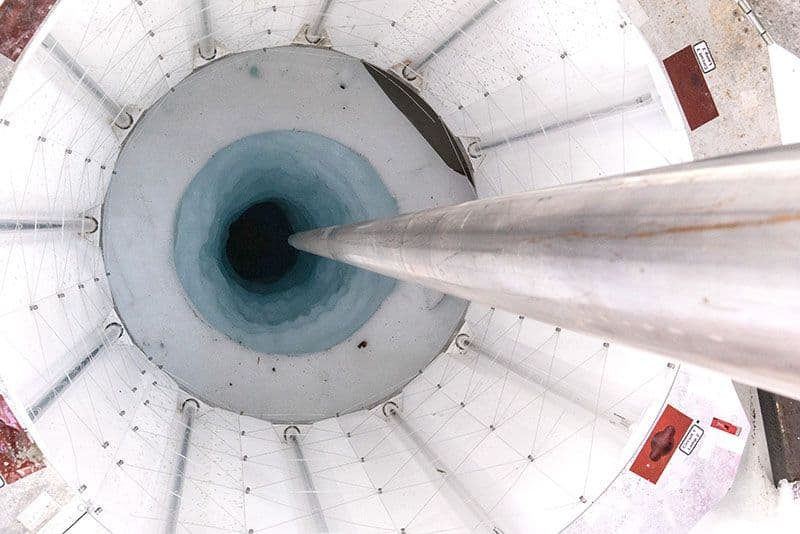
Ancient fossils found preserved in Antarctic subglacial lake
A subglacial Antarctic lake buried beneath a kilometer of ice contains the remains of ancient life that have been preserved for thousands of years.
Researchers that drilled into Lake Mercer to study the lake and collect sediment samples found carcasses of crustaceans, a tardigrade, and even preserved plant material in the mud collected from the lake floor.
The discovery was part of the Subglacial Antarctic Lakes Scientific Access expedition which used a high-pressure water drill to melt a small hole through the thick layer of ice that sits above Lake Mercer.
This is the first time that the lake has ever been explored in depth, as previously, radar and remote sensing technology were the only way to access the lake.
After cleaning mud off a water temperature instrument, David Hardwood, a micro-paleontologist who was part of the SALA expedition, examined the mud under a microscope, according to a release from Nature.
Hardwood found diatom shells and crustacean carcasses that looked relatively new.
“It looked really fresh,” Hardwood told Nature. “Like something that had been living.”
Lake water samples that were collected were also analyzed and revealed that the lake was teeming with bacteria and had plenty of oxygen to support life.
At first, Hardwood was concerned that the equipment used to measure the water temperature might have been contaminated, and so the SALA team cleaned the equipment and dropped it back in the lake for another test. Again, Hardwood found ancient animal remains.
The ancient signs of life are both exciting and puzzling for the researchers who discovered them, according to Nature.
It is unclear how the carcasses, shells, and microbes got there in the first place, especially since some of the ancient species discovered used to live on or near land.
One potential theory is that the creatures originated from ponds in the Transantarctic Mountains near Lake Mercer and a period of warming washed sediment and organic material into the lake which was then covered by ice as temperatures shifted.
The next step for the SALA researchers is to carbon date the organic material found in the mud, which could help show exactly how and when the different animals ended up in Lake Mercer.
—
By Kay Vandette, Earth.com Staff Writer
Image Credit: Billy Collins/SALSA Science Team/Nature












